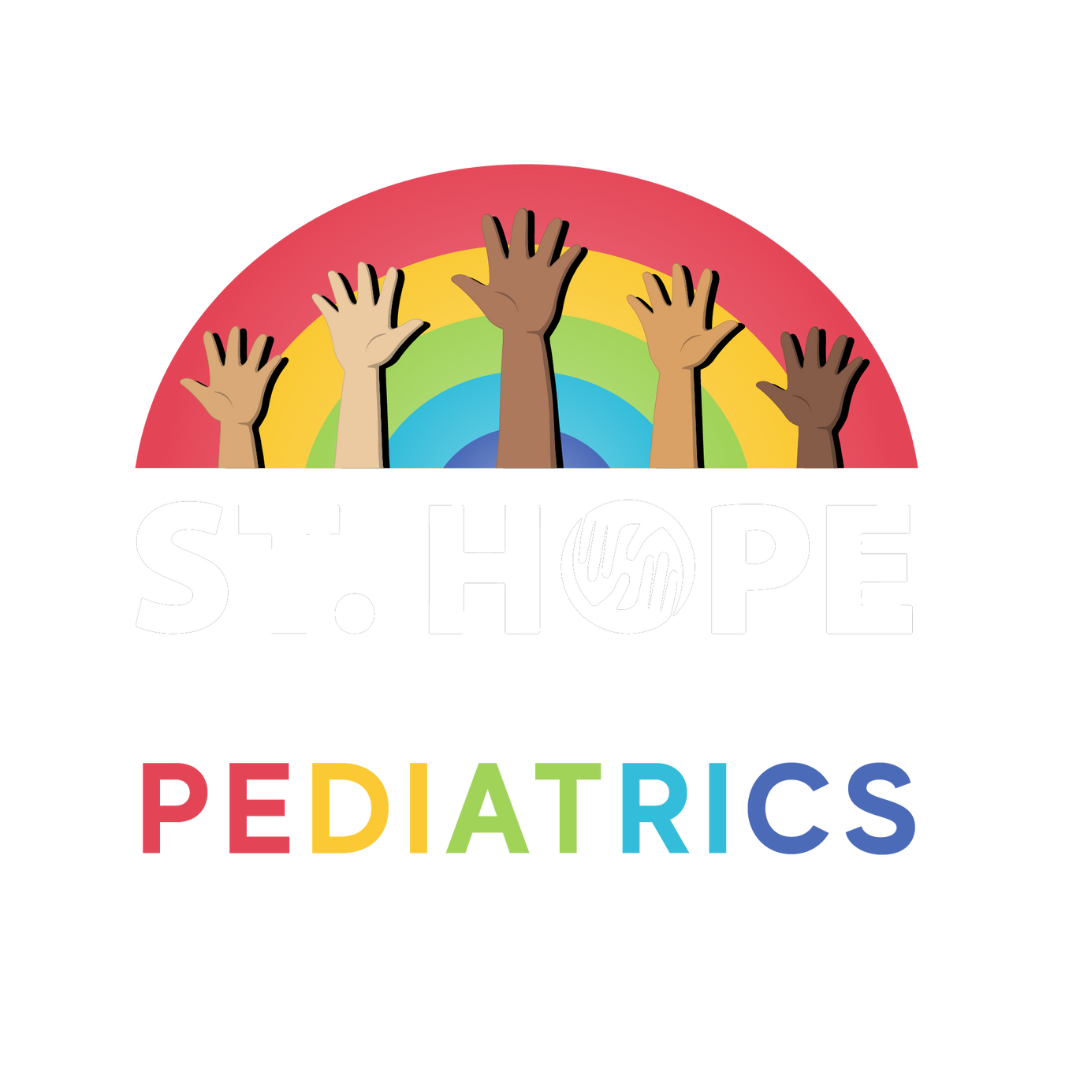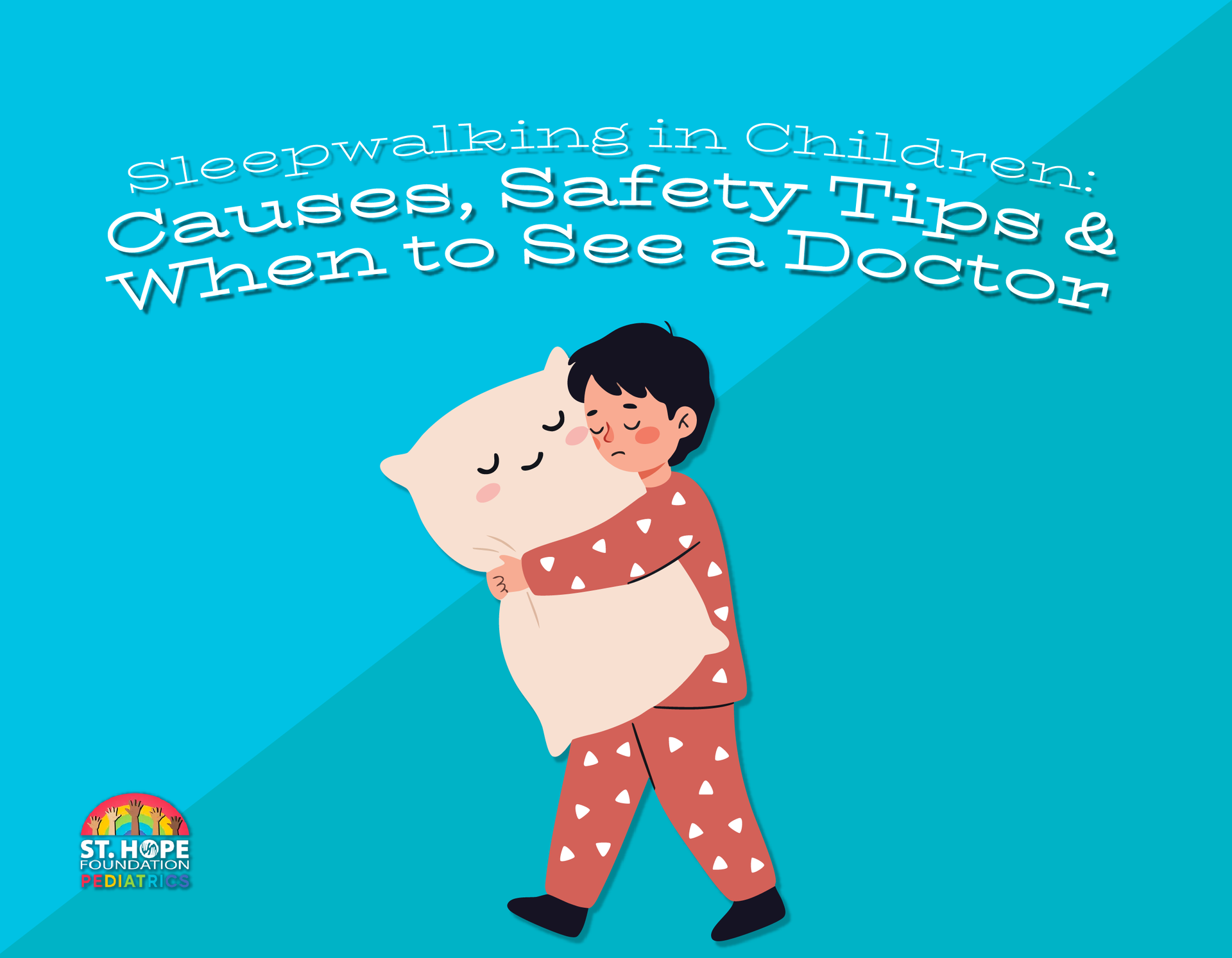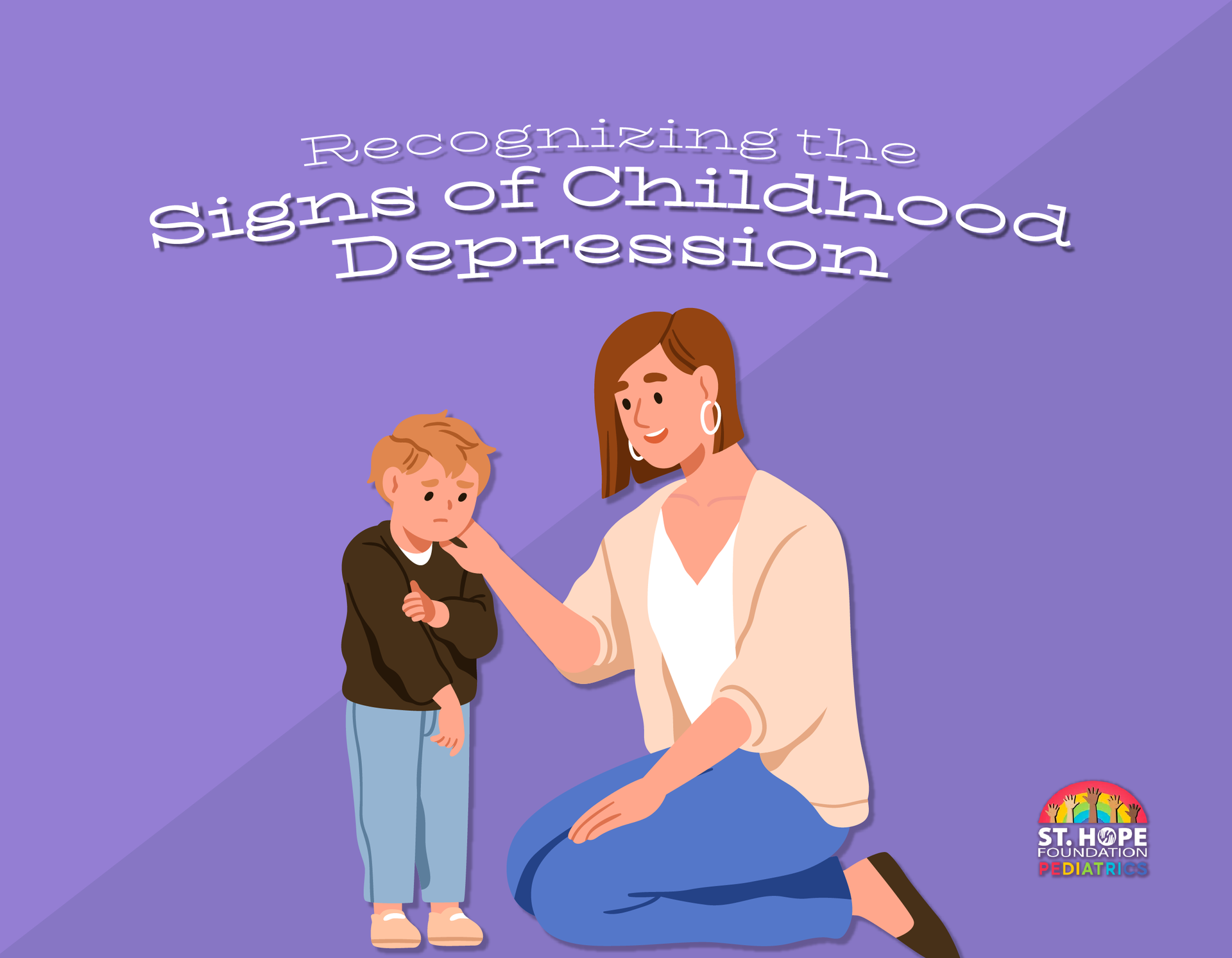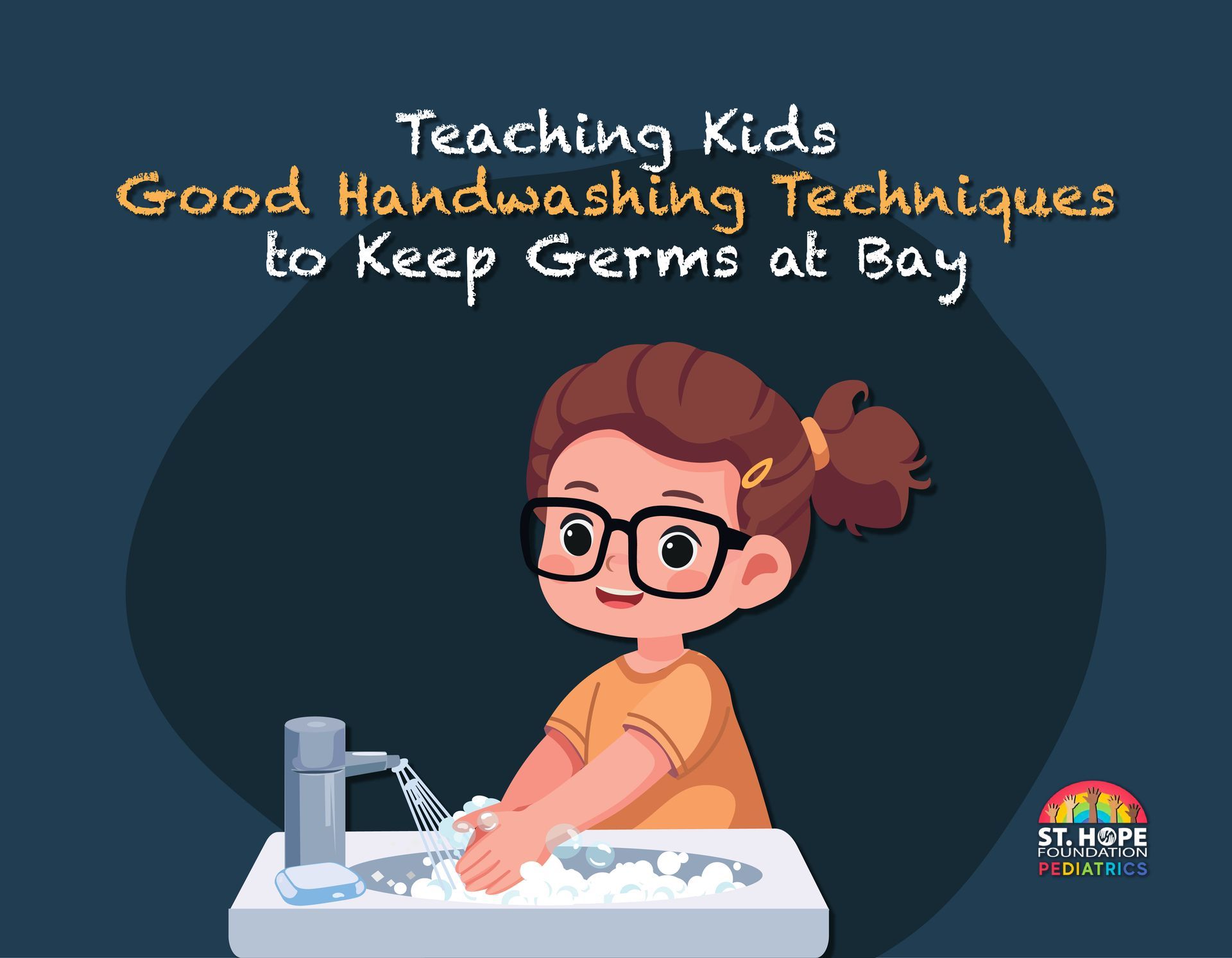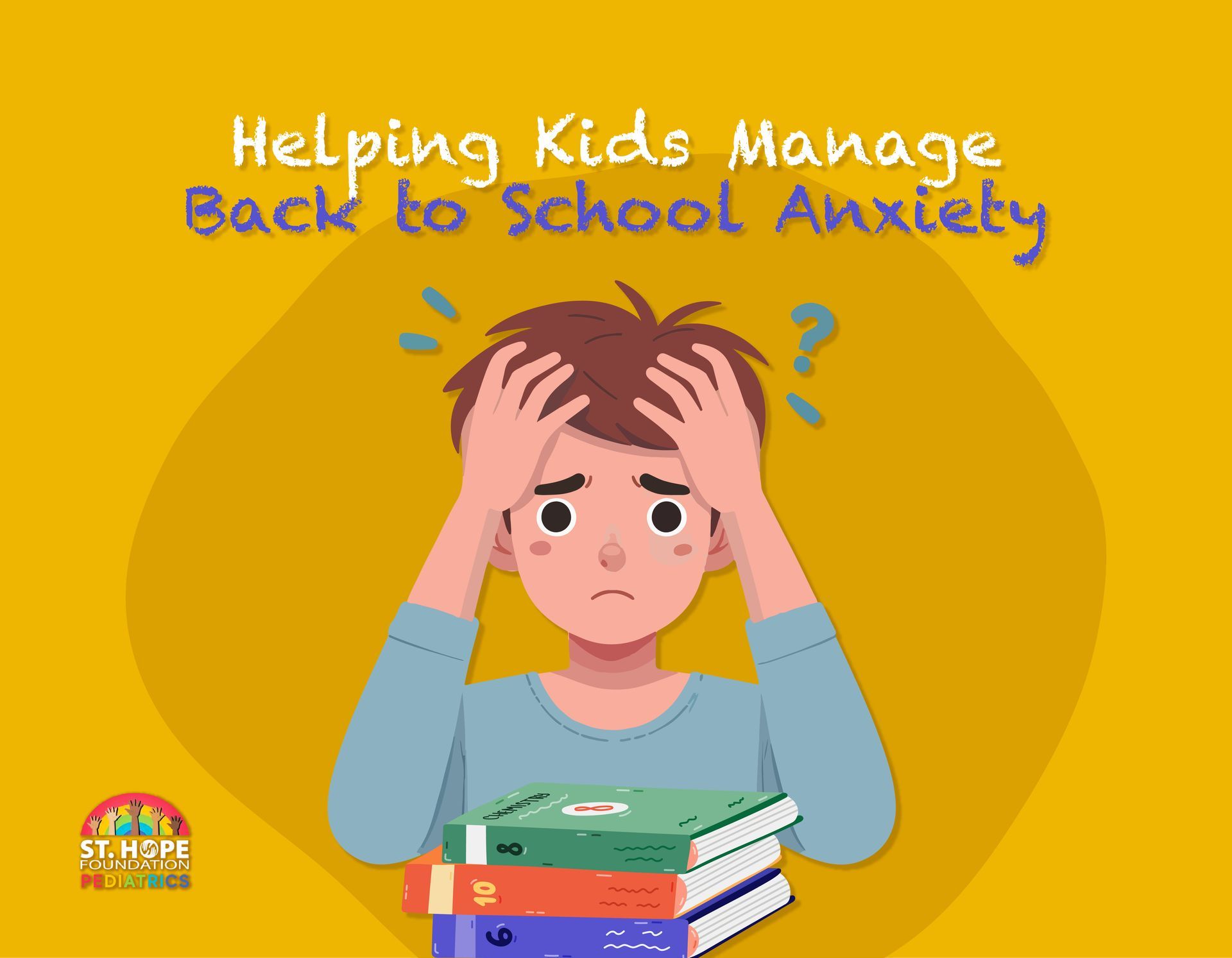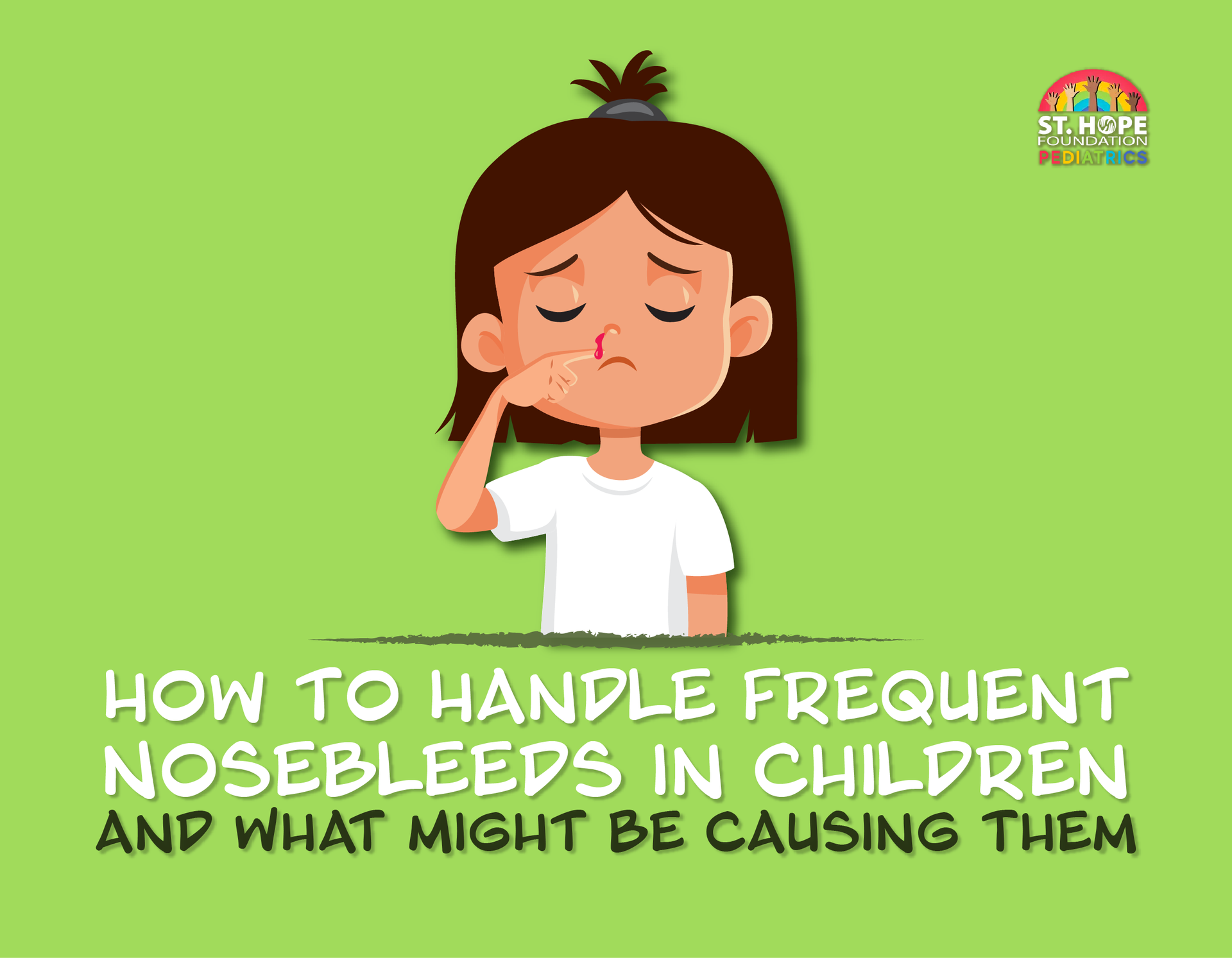
What child doesn’t love to play in water on a hot and sunny day? Having your children spend time in or around swimming pools, lakes, Trinity Bay or other Gulf beaches can be a lot of fun, but it can also lead to serious accidents, including drowning.
Your child doesn’t have to be in deep water to drown. In fact, babies and toddlers can drown in an inch or two of water. It may only take seconds for your child to drown, and drowning children are usually unable to cry for help so you may be oblivious to their struggle.
Luckily, there are many things you can do to keep your kids safe around water. The key point is to carefully supervise your child at all times and be within arm’s reach of them when they’re near water.
Additional Drowning Prevention Tips
Babyproof Your Swimming Pool and Home
Invest in a four-sided, non-climbable fence that’s at least four feet tall. Keep the gate locked unless you’re using your backyard pool or hot tub. A fenced off pool may not be aesthetically pleasing, but the fencing can protect your children.
Above-ground pools should also be surrounded with a safety fence, and inflatable pools should always be emptied, deflated and put out of reach when not in use. You should also cover above-ground pools with a pool net and remove the steps unless you and your family are using it.
Any body of water may be potentially life-threatening to your child. If you have a crawling baby or a curious toddler at home, be sure to baby proof toilets, empty any buckets and sinks and never leave your child unattended during bath time.
Watch Your Children at All Times
This cannot be overemphasized. Even when you bring your children to a public swimming pool, don’t assume the lifeguard on duty is constantly watching them. A lifeguard is responsible for overseeing the entire pool area and your child is only one of many people they must observe. Your best bet is to keep your eyes on your child and be close enough to jump in the pool in case of an emergency.
If you need to step away from the pool, take your child with you unless you can leave them with a trusted water watcher, such as an older sibling, your spouse or a close friend.
Talk to Your Child
Parents of children who are old enough to speak and comprehend directions should educate their kids on swimming pool safety. Explain to your child they must always follow the lifeguard’s directions and wear their flotation device. Keep your child from running on wet surfaces and explain what may happen if they do—they might slip, fall in the pool and drown or hit their head on hard pool decking.
You can also appeal to your child’s sense of responsibility by asking them to look after smaller children and their own siblings, but avoid solely relying on your children to do the water watching for you.
How to Tell When a Child Is Drowning
People often assume drowning is accompanied with loud screams and frantic movement. However, a drowning child will rarely make noise, splash or wave for help. Warning signs indicating a child may be drowning include:
- Alternating between rising above and sinking below the surface (bobbing)
- Floating face down for more than a few seconds
- Clinging to a wall while bobbing
- Jumping into the water but not surfacing
- Hyperventilating
- Tilting the head back
- Eyes and mouth are wide open
- Attempting to swim but not making any progress
- A look of panic and distress on your child’s face
If you suspect your child (or any child) is struggling to keep their head above water or are actively drowning, intervene immediately. If you believe your child has breathed in water or is struggling to breath due to “dry drowning,” call 911 and perform (or have someone else perform) CPR.
Find Compassionate Pediatric Care in Houston, Texas
Whether you have an emergency that requires urgent care or need to schedule a routine checkup, St. Hope Foundation Pediatrics has your child’s back.
We offer a comprehensive list of affordable pediatric care services, including sick visits, immunizations and dentistry.
To schedule your child’s appointment, call (713) 778-1300.
